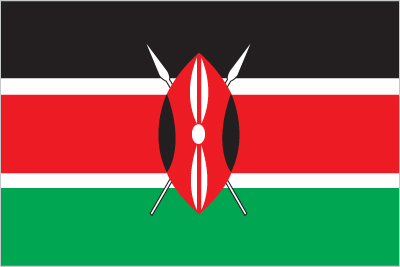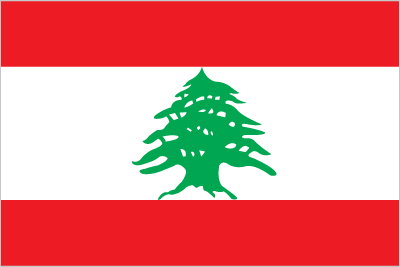Responsible tourism in Bolivia

For most travellers to Bolivia, its appeal over its flashier neighbours is that is its past is still very much its present. Inca trails and ruined cities date back well over 1,000 years, and the majority of its people still speak the ancient languages of the Andes and Amazon. This is a land of panpipes and condors, of llamas and Earth Goddesses, of coca-chewing farmers and poncho-wearing politicians.
As a nation shunned by many others for its socialist politics, tourism promises a way of bringing the world in, without compromising Bolivia’s culture or environment. Rural areas in particular are in desperate need of employment, and the alternatives, if they do exist, may comprise backbreaking labour or illegal activities.
As responsible tourism begins to grow, many rural and indigenous communities are seeing the benefits, and protected areas can live up to their name. But many of Bolivia’s main attractions are located in remote areas – the Salt Flats, the high desert, the Amazon – where the lack of infrastructure combined with growing tourist numbers is resulting in landslides, the overuse of scarce water and the pollution of Lake Titicaca by untreated waste.
Bolivia is gradually overcoming a turbulent past dating back some five centuries, and one which has experienced as many revolutions and coups d’état as years of independence. Social unrest is a daily event in Bolivia, and pressure on the environment and resources will only make things worse, particularly for poorer and more traditional communities. Treading lightly is an essential part of being a tourist here.
People & culture
A new form of tourism
Bolivia has long been the ultimate shoestring destination, surrounded by increasingly more expensive, developed countries. With little to offer in terms of quality, Bolivia instead competed on price: $50 for a three-day tour of the salt flats, a couple of pounds for a dorm bed, a few pence for a tasty salteña on the street. It was a race to the bottom – a budget backpacker dream. But in a destination where almost 40 percent of the population lives in extreme poverty, shoestring prices run the risk of preventing people from earning a living and failing to feed their families. It also means struggling tour companies may resort to unsafe practices to make ends meet: disintegrating jeeps, unqualified guides, food past its best.
Happily, that is now changing. Some of Bolivia’s hotels, ecolodges, tours and restaurants now match up in quality to its world-class landscapes. Better still, local communities are getting in on the act, by forming cooperatives, running their own accommodations, and guiding tourists through the mountains and the jungle they call home. With support from Conservation International, villagers living deep in the Amazon set up the brilliant Chalalan Ecolodge, a pioneering community-run tourism project. Working in the lodge, as well as providing guides, transportation, food and crafts, the project supports 74 families who are now able to stay in the forest, rather than migrating to the cities in search of work – or turning to activities such as logging or agriculture.
Similar projects have sprung up around Madidi National Park, on Lake Titicaca’s Isla del Sol, and even at the edge of the salt flats; all highly undeveloped regions inhabited mostly by indigenous people.
The Bolivian Network of Community and Solidarity Based Tourism, known as TUSOCO, supports a number of community-run tourism initiatives across the country.
 Albania
Albania Algeria
Algeria Andorra
Andorra Argentina
Argentina Armenia
Armenia Australia
Australia Austria
Austria Azerbaijan
Azerbaijan Bahrain
Bahrain Belgium
Belgium Bolivia
Bolivia Brazil
Brazil Bulgaria
Bulgaria Cambodia
Cambodia Cameroon
Cameroon Canada
Canada Chad
Chad Chile
Chile China
China Colombia
Colombia Costa Rica
Costa Rica Croatia
Croatia Cyprus
Cyprus Czechia
Czechia Denmark
Denmark Ecuador
Ecuador Egypt
Egypt Finland
Finland France
France Georgia
Georgia Germany
Germany Ghana
Ghana Greece
Greece Hungary
Hungary Iceland
Iceland India
India Indonesia
Indonesia Ireland
Ireland Italy
Italy Jamaica
Jamaica Japan
Japan Jordan
Jordan Kazakhstan
Kazakhstan Kenya
Kenya Kuwait
Kuwait Latvia
Latvia Lebanon
Lebanon Libya
Libya Lithuania
Lithuania Luxembourg
Luxembourg Malaysia
Malaysia Maldives
Maldives Mali
Mali Malta
Malta Mexico
Mexico Moldova
Moldova Monaco
Monaco Morocco
Morocco Netherlands
Netherlands New Zealand
New Zealand Nigeria
Nigeria North Macedonia
North Macedonia Norway
Norway Oman
Oman

